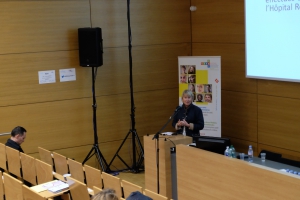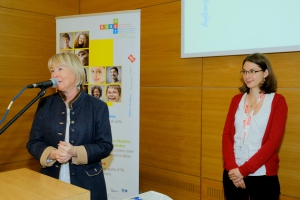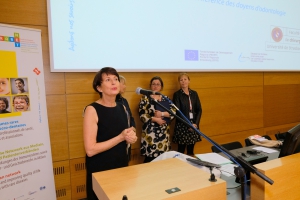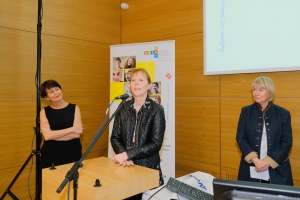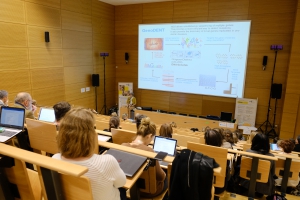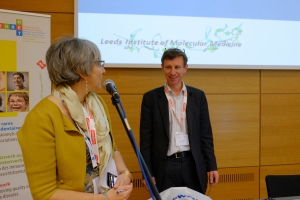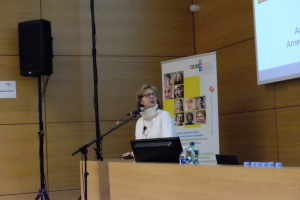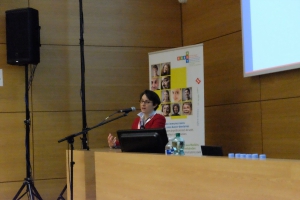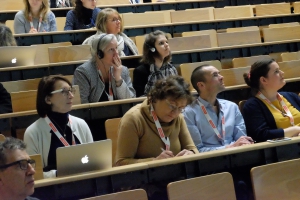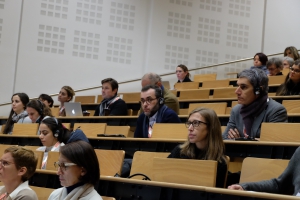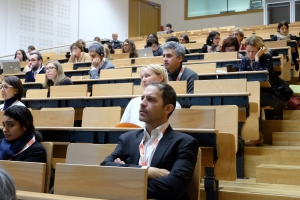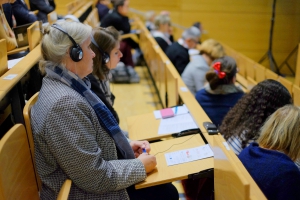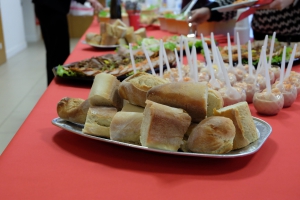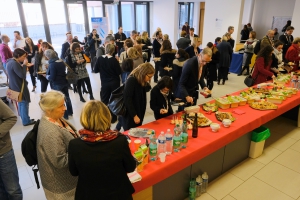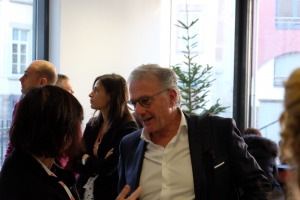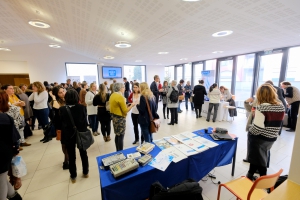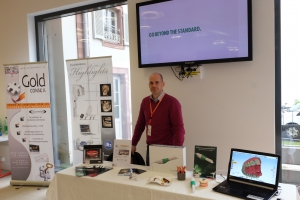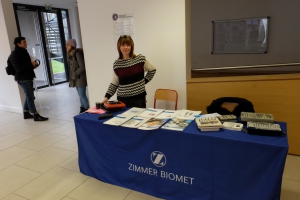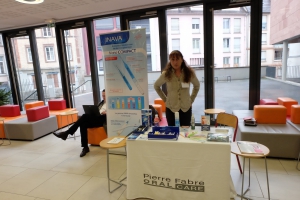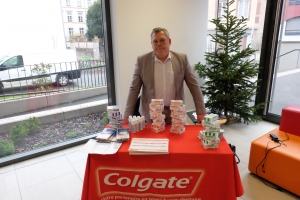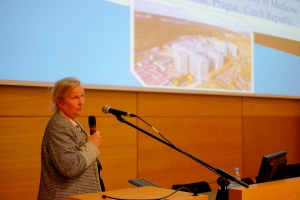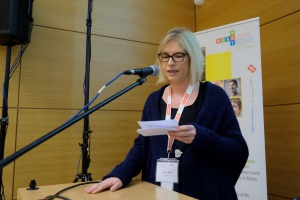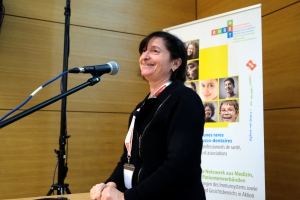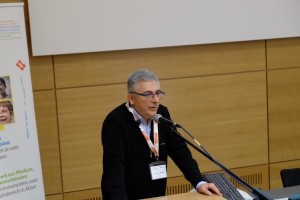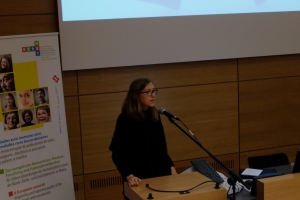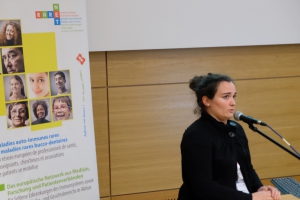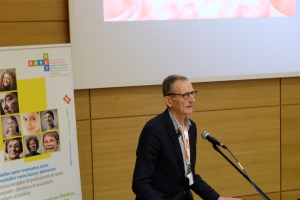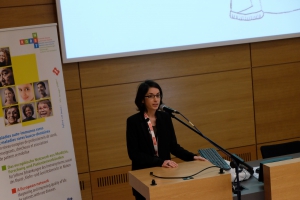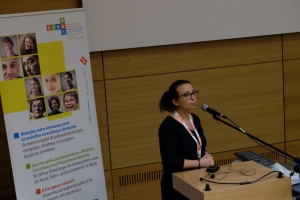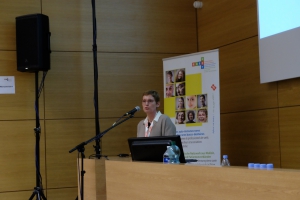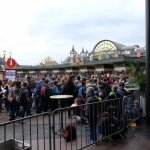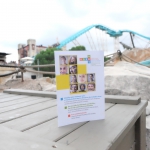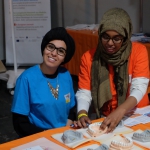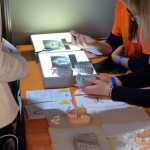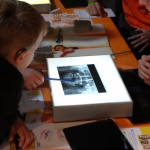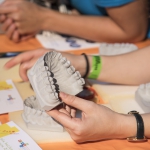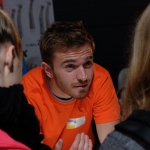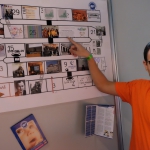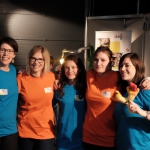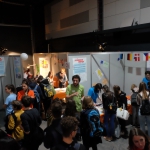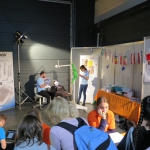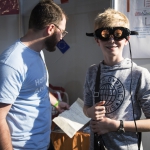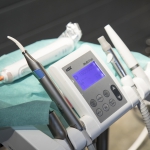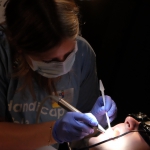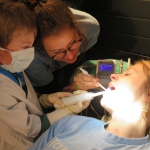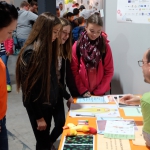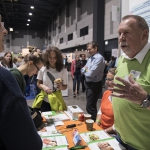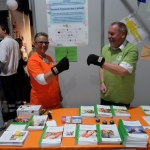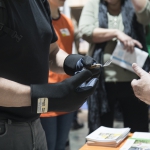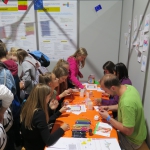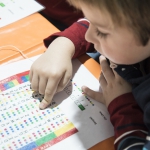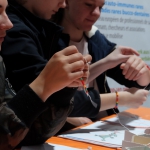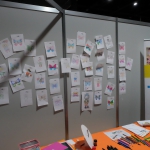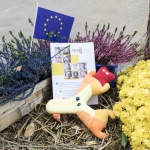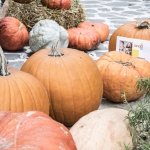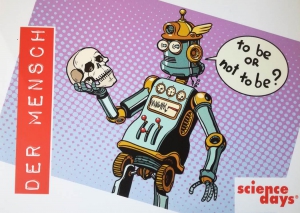
Marzena Kawczynski is clinical research assistant for RARENET. She is responsible for the recruitment of patients for the collection of biological samples in odontology and supports physicians for the inclusion of those patients. Our Interreg volunteer François Stockart met her and asked her a few questions on her job and her experience with patients suffering from rare diseases.
François Stockart (FS): Hello Marzena. You have been working at the University of Strasbourg for almost five years now, first for the Interreg IV project on oro-dental rare diseases and then for RARENET. What did you do before coming to work here?
Marzena Kawczynski (MK): Hello François. First I studied biology in Poland during five years and worked there for several years. After that I came to France, where for some time I could not find a job that matched my studies and interests. In Poland, study programs are not as specialized as here. With a degree in biology, you can do a lot: teach in high school, work in a lab, etc. In France, however, I quickly realized that to find a job in biology it was necessary to do additional training .Luckily, I could take a complementary formation to become clinical research assistant when I started working on the project on oro-dental rare diseases at the University of Strasbourg. And now I am doing the same job for RARENET.
FS: So what does your job consist in precisely?
MZ: I support physicians when they are including new patients in the collection of biological samples. In practice, this means that in Strasbourg I give them the consent forms, check that everything has been completed, that the sampling kits contain enough saliva, etc. I do a similar job with physicians who include patients in other hospitals in France: I explain them the procedure they have to follow to include patients in the collection and send them sampling kits, consent forms, etc. I also remain at their disposal for questions by e-mail or telephone and make sure that everything has been done correctly when we receive the material. Sometimes, one piece of information or one signature is missing. I then contact the physician and we try to correct the mistake.
FS: Those are many different missions! What does a typical day look like for you then?
MZ: I do not really have any regular days; one does not resemble the next. Sometimes I just stay at my desk doing administrative work or discussing about the collection of biological samples with my colleagues from the lab. Then I’ll suddenly get a call from the hospital telling me I have to come and help a physician include a patient in the collection. I am also present on the events RARENET participates to, like Rare Disease Day or the Fête de la Science (a science festival in Strasbourg). It is something I really like about my job: There is no routine; I never can be sure what one day will be like!
FS: In your job, do you have many occasions to get in contact with patients suffering from rare diseases?
MK: Yes. Every time I go to the hospital in order to provide support to physicians and collect consent forms, I am in direct contact with the patients. Most of them are children. We sometimes talk about their problems and sufferings. Some of them suffer from syndromic diseases, which means that not only their teeth which are affected. It is sometimes hard to know how to approach certain patients, what one can say without harming them. Also, many children suffer from the aesthetic consequences of their diseases. They are regularly mocked by their classmates, who for example do not understand that an unusual teeth color can be caused by enamel anomalies.
FS: What is most striking to you about the patients that you are meeting?
MK: One thing that I really find impressive is how some parents manage their children’s disease. They are ready to do so much in order to find ways for their children to live better. And that can be extremely complicated with rare diseases. Some parents visit several departments only to receive the answer: “we don’t know what (s)he has”. And after that, they go to yet another specialist, without any guarantee of finding a solution. This process can last years. Even when the doctors find something, they can often not say much about it, as with rare diseases it is always complicated to make a precise diagnostic. But in spite of all that, I see many parents who deal with those complicated situations in a very remarkable way.
FS: Do you think that RARENET can have an impact on the life quality of patients affected by rare diseases? Can it bring an important change for some people?
MK: Yes, of course. Many oro-dental diseases are caused by genetic factors. The research made in the framework of the project can enable a better understanding of those factors, which will be useful to diagnose patients in the future. And our genetic analyses can have more concrete consequences for certain patients too. When we look for a mutation that corresponds to the clinical diagnosis of a rare disease, we screen approximately 600 genes linked to oro-dental diseases. Some of those genes, when they are mutated, can cause syndromes that have remained undetected by physicians and of which oro-dental symptoms are only the tip of the iceberg. It happens that we detect such mutation during our genetic analyses. In all cases we send the results of our research to a geneticist, who conducts a second analysis and collects information about the patient and their family before formulating conclusions. So our first genetic analysis can ultimately give patients more knowledge about their health than one would expect.
FS: You are in contact with our German partners in order to organize the recruitment and identification of patients there. Do you think that cross-border cooperation is a big asset for the project?
MK: Yes, definitely. RARENET creates a legal framework for the exchange of samples between France and Germany, which gives us access to more data. Every sample is important: The bigger the patients’ cohort, the more likely we are to find two similar cases. The cooperation with German hospitals might be decisive for our understanding of some diseases and might therefore help improve the care provided to patients.
FS: In a bit more than a year, the project RARENET will end. If you are given the opportunity to continue working on a similar project at the University of Strasbourg, will you do it?
MK: If I would be working on oro-dental rare diseases, most probably. I really like my job. Since five years I am here, I have never been bored: There is always something new coming up!
To learn more about RARENET, visit our Website or Facebook page.

